With over 50 years of heritage in the aerospace industry, Woodward applies total system solutions to your needs. We are at the forefront of the industry in developing and delivering motion control and integrated propulsion systems. Our product and system platforms can be application-engineered for a wide variety of performance and configuration requirements.



Category Featured Product
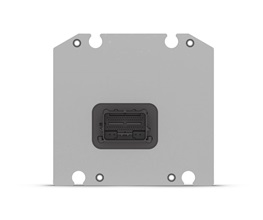
8923-2588
Power Generation SECM70
ECM-5642A-070-070-1703 DEV
The SECM70 is part of the engine management system for mobile industrial (forklift) and stationary (genset) applications.
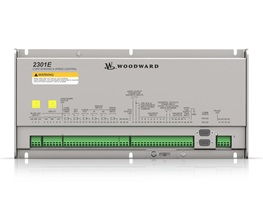
8273-1012
2301E
LSSC, 24VDC, Hazard Location
The 2301E Full Authority Speed Control sets the speed or load of a diesel engine, gas engine.
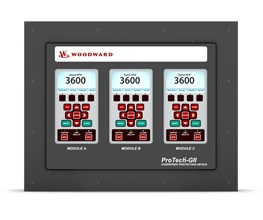
8237-2600
ProTech-GII
HV/LV, VR, VI, Enhanced
A panel mount, high voltage/low voltage, voted relays, voted inputs with math functions protection device for steam turbine protection

8237-2601
ProTech-GII
HV/HV, VR, VI, Enhanced
A panel mount, high voltage/high voltage, voted relay, voted inputs enhanced protection device for steam turbine protection
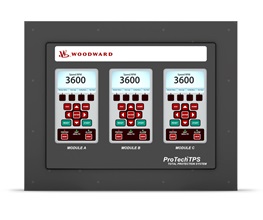
8237-2608
ProTechTPS
HV/LV, VR, VI, Math
A panel mount, high voltage/low voltage power input, voted relays/voted input with math function total protection system.

8237-2609
ProTechTPS
HV/HV, VR, VI, Math
A panel mount, high voltage/high voltage power input, voted relays/voted Input math function total protection system.
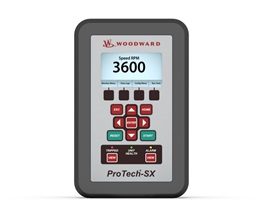
8237-1243
ProTech-SX
HV/HV
A panel mount, high voltage/high voltage power input, simplex safety device for steam turbine overspeed protection.
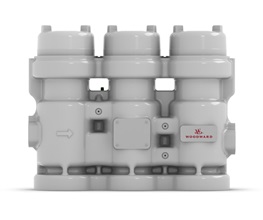
9907-1978
QuickTrip
2-out-of-3 Trip Block Assembly
An integrated 2-out-of-3 trip block assembly for safety systems to reliably trip low pressure oil headers for steam, gas, hydro systems.
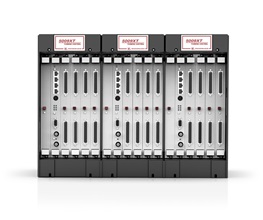
8262-1141
5009XT
120V AC/DC, TMR, Configurable
The 5009XT is a highly reliable triple-redundant, fault-tolerant standard-off-the-shelf 120V AC/DC steam turbine control used in reliability-critical applications.
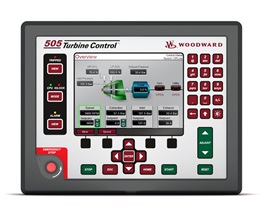
8200-1310
505XT
LVDC, Extraction/Admission, Standard
A front panel mount next generation user configurable steam turbine extraction/admission digital governor control and protection with advanced integrated multilingual interface HMI screen.

8200-1312
505XT
LVDC, Marine, Extract/Admin, HAZLOC
A front panel mount next generation user configurable steam turbine extraction/admission digital governor control and protection with advanced integrated multilingual interface HMI screen.
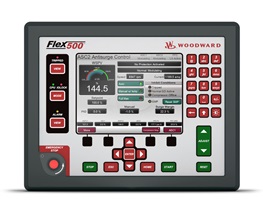
8200-1340
Flex500
LVDC, Front Panel, Standard
A robust industrial front panel mount programmable real-time, deterministic controller with integrated HMI display for compressors and turbines in standard locations with low voltage (18-36 Vdc) power input.

8200-1341
Flex500
AC/DC, Front Panel, Standard
A robust industrial front panel mount programmable real-time, deterministic controller with integrated HMI display for compressors and turbines in standard locations with high voltage (88-264 Vac or 90-150 Vdc) power input.
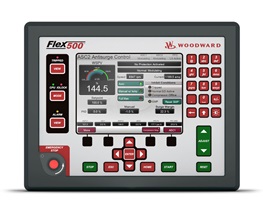
8200-1343
Flex500
LVDC, Front Panel, Standard
A robust industrial front panel mount programmable real-time, deterministic dual redundant controller with integrated HMI display for standard locations with low voltage (18-36 Vdc) power input.

8200-1344
Flex500
AC/DC, Front Panel, Standard
A robust industrial front panel mount programmable real-time, deterministic dual redundant controller with integrated HMI display for standard locations with high voltage (88-264 Vac or 90-150 Vdc) power input.

8200-1345
Flex500
LVDC, Front Panel, Marine, HAZLOC
A robust industrial front panel mount programmable real-time, deterministic, dual redundant controller with integrated HMI display for compressors and turbines in ATEX & Marine applications and hazardous rated locations with low voltage (18-36 Vdc) power input.
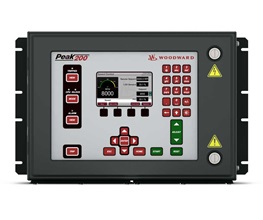
8200-1500
Peak200
LVDC, Standard Location
Bulkhead, low voltage DC standard location with integrated full color display for steam turbine digital governor control with overspeed protection.
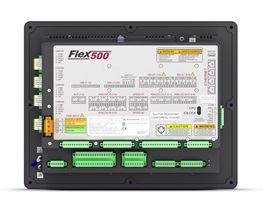
8200-1353
Flex500
LVDC, Back Panel, Standard
A robust industrial back panel mount programmable real-time, deterministic dual redundant controller for standard locations with low voltage (18-36 Vdc) power input.

8200-1501
Peak200
HVAC, Standard Location
Bulkhead, high voltage DC standard location with integrated full color display for steam turbine digital governor control with overspeed protection.

8200-1502
Peak200
LVDC, Zone 2 ATEX
Bulkhead, low voltage DC Zone 2 ATEX with integrated full color display for steam turbine digital governor control with overspeed protection.
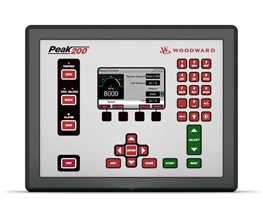
8200-1503
Peak200
LVDC, Standard Location
Panel, low voltage DC standard location with integrated full color display for steam turbine digital governor control with overspeed protection.

8200-1504
Peak200
HVAC, Standard Location
Panel, high voltage DC standard location with integrated full color display for steam turbine digital governor control with overspeed protection.
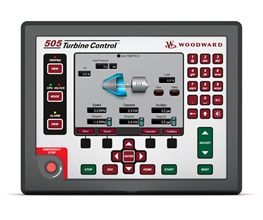
8200-1300
505D
LVDC, Standard
Configurable steam turbine governor control with integrated multilingual HMI screen for standard locations with low voltage (18-36 Vdc) power input.
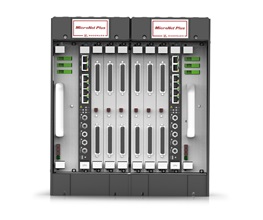
MNPLUS-Family
MicroNet Plus
Dual Redundant Control
Woodward’s MicroNet™ Plus customizable control system is a flexible, state-of-the-art system specifically designed for controlling gas and steam turbines. The MicroNet Plus control system provides a flexible platform to control any prime mover and its associated processes.
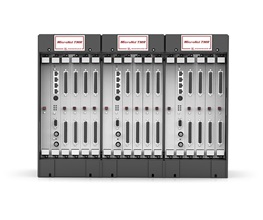
MNTMR-Family
MicroNet TMR
Triple Redundant Control
MicroNet TMR’s superior architecture and diagnostic coverage combine to create a system with 99.999% availability and reliability. The MicroNet TMR can be applied as a component of protection and safety systems to allow the overall system to meet IEC61508 SIL-3 compliance standards.
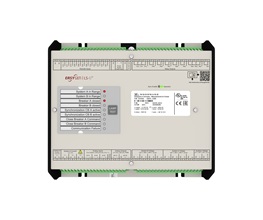
8440-2222
easYgen | LS-6XT
CONTROL-LS-612XT-P1
Woodward’s easYgen | LS-6XT control is synchronizer controller with integrated mains decoupling and protection features designed for critical power applications.
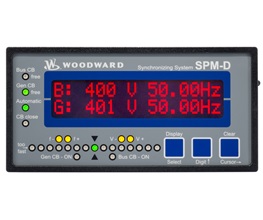
8440-2170
SPM-D2-10B-PSY5-FU-D
CONTROL-SPM-D2-10B/PSY5-FU-D
The reliable SPM-D2-10B-PSY5-FU-D digital synchronizer for single/dual phase AC generators equipped with compatible speed controls and automatic voltage regulators.
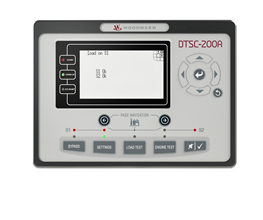
8440-2297
DTSC-200A
CONTROL-DTSC-200A-352-P1
The DTSC-200A is the ultimate control for ATS (automatic transfer switch) builds.
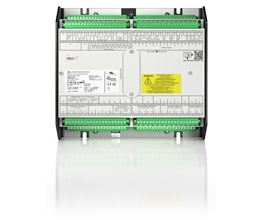
8440-2299
DSLC-2XT
Digital Synchronizer and Load Control, Redundant Communication, Configurable
DSLC-2XT combines synchronizer, load sensor, load control, dead bus closing system, VAR, power factor, process control and hot swap redundant load share communication, all in one powerful package.
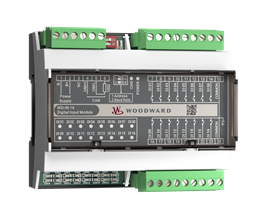
8440-2304
IKD-IN-16
16 channel discrete input module, 12/24VDC
The IKD-IN-16 expands digital inputs to Woodward power management controllers or to your PLC based distributed control system over CAN bus.
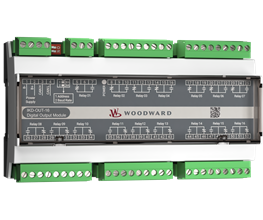
8440-2305
IKD-OUT-16
16 relay output module, 24VDC
The IKD-OUT-16 expands relay outputs to Woodward power management controllers or to your PLC based distributed control system over CAN bus.
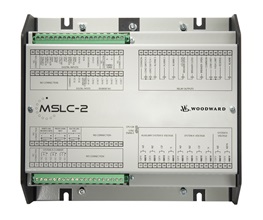
8440-1877
MSLC-2-5
CONTROL-MSLC-2-5
The MSLC-2 control combines synchronization, dead bus closing, utility/intertie load sensor, baseload control, import/export control, VAR, power factor, and a master process control in one powerful package.
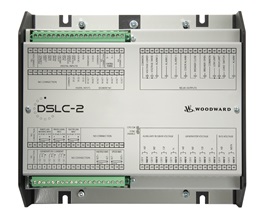
8440-1878
DSLC-2-5
CONTROL-DSLC-2-5
The Woodward DSLC-2™ (Digital Synchronizer and Load Control) is a microprocessor-based synchronizer and load control designed for use on three-phase AC generators.
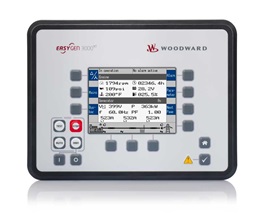
8440-2082
easYgen-3200XT
CONTROL-EASYGEN-3200XT-P1
The easYgen-3200XT combines complete engine-generator control and protection with advanced, peer-to-peer paralleling functionality and innovative features in a robust, attractive and user-friendly package.
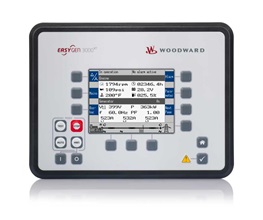
8440-2085
easYgen-3500XT
CONTROL-EASYGEN-3500XT-P1
The easYgen-3500XT combines complete engine-generator control and protection with advanced, peer-to-peer paralleling functionality and innovative features in a robust, attractive and user-friendly package.
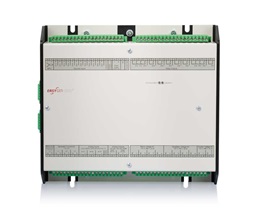
8440-2087
easYgen-3400XT
CONTROL-EASYGEN-3400XT-P2
The easYgen-3400XT combines complete engine-generator control and protection with advanced, peer-to-peer paralleling functionality and innovative features in a robust, attractive and user-friendly package.
Our Industries

With over 50 years of heritage in the aerospace industry, Woodward applies total system solutions to your needs. We are at the forefront of the industry in developing and delivering motion control and integrated propulsion systems.
Read moreAEROSPACE

Understanding that system reliability is a major requirement for oil and gas, petrochemical, and process plant industries, Woodward’s control, actuation, valves, and protection systems are designed to meet the high level of reliability and redundancy required across challenging industrial applications.
Read moreINDUSTRIAL

With over 50 years of heritage in the aerospace industry, Woodward is a major controls supplier for fixed- and rotor-wing aircraft and a turbine engine controls and combustion supplier across the military aerospace segment.
Read moreMILITARY

Through the ability to provide control over both the generator and the prime mover, our controls and systems help power generators deliver consistently reliable power and coordinate a variety of distributed resources. Backed by decades of experience with generator controls, load sharing, synchronization, and power protection technologies, Woodward's power generation control solutions set standards worldwide.
Read morePOWER

Woodward components and engine control systems are used in diverse mobile and industrial equipment such as forklifts, excavators, trains, trucks, buses, or stationary engines. We understand that your key concerns are emissions, productivity, and lower operating cost.
Read moreTRANSPORTATION
AEROSPACE
INDUSTRIAL
MILITARY
POWER
TRANSPORTATION
Woodward’s purpose is to design and deliver energy control solutions our partners count on to power a clean future.
17 
Countries
9,000 
Members
$2.9 
Billion in Sales (2023)
NOTEWORTHY


Industrial
Understanding that system reliability is a major requirement for oil and gas, petrochemical, and process plant industries, Woodward’s control, actuation, valves, and protection systems are designed to meet the high level of reliability and redundancy required across challenging industrial applications.

